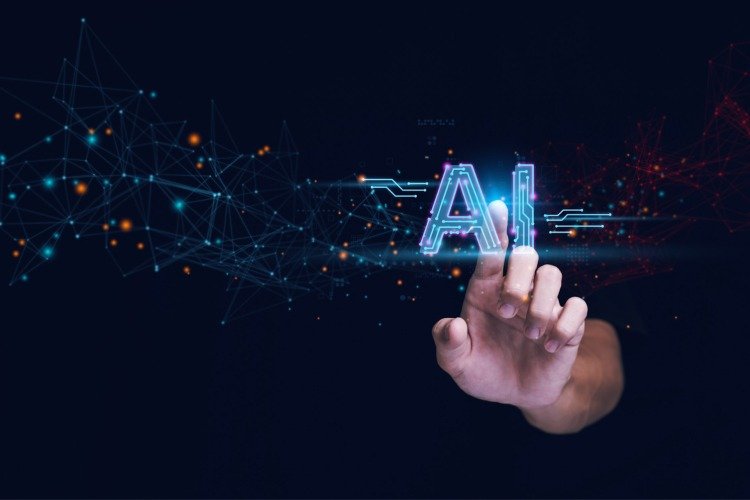What Do You Know About AI Bias

AI is everywhere — from language models to self-driving cars. One can say that AI is taking over the world and, well, making our lives easier by doing so. But, one should also know that while AI is doing plenty of good, it also comes with some pressing challenges, like AI bias. Yes, people. According to CyberGhost, AI can be biased, just like humans.
AI systems have the potential to inherit and amplify the very bias and prejudice that they are trained on. Needless to say, AI bias can have ghastly real-world consequences. However, we don’t need to go there.
AI bias can be dealt with if we have a thorough understanding of what AI bias is and how it can be addressed/ mitigated. All of this is discussed in the article below. So, keep scrolling.
Understanding AI Bias
AI is a complex system that produces results by analyzing vast amounts of data provided to it. The data provided serves as the foundation upon which AI’s decision-making capabilities and outcomes of tasks are based. However, if the data that the AI model was trained using is skewed or contains historical biases, then the AI is going to inherit these biases, too.
Think of it this way: If a child is raised on a diet of fairy tales, they will develop a fantastical understanding of the real world. However, the knowledge of the fairy tale world filled with talking animals and flying unicorns won’t help them in the real world. Replace fairy tales with skewed, biased data and AI with a child, and you will get the picture.
How Does AI Learn Its Bias
But, to be clearer, AI gets to learn its bias not just from the training data but also the algorithms it functions upon, data collection issues, problem framing, feedback loops, conformation bias in development, etc. Furthermore, believe it or not, but lack of diversity in AI development teams also plays a role in the way an AI model gets trained to program.
Consequences Of AI Bias
The consequences of AI bias can be quite severe. For example, the outcome of a loan application can be biased just because AI is likely to reject individuals on the basis of skewed data; it might prioritize factors like zip code instead of an individual’s financial background. This could put people from low-income areas of a region at a disadvantage.
Steps To Tackle The Bias
Since AI bias seems to be a situation of our own making, there are certain steps that we can take to address the issue and possibly mitigate it as well.
For example, data diversity must be prioritized when training an AI model. Since the system learns from the data fed to it, having diverse data ensures that bias can be mitigated. Next, if the algorithms are made transparent, then it will be easy to understand how the AI model has reached its decision, thereby helping identify any bias.
Furthermore, having human oversight from diverse backgrounds also ensures that AI is being developed continuously and that different perspectives are considered.
Lastly, the AI model needs to be monitored continuously and audited regularly. This way, problematic aspects of AI systems can be identified and worked on before they cause potential harm.
Conclusion
AI has great potential to do good for mankind in the future. However AI’s bias can hinder the positive outcome it can have. However, understanding how AI bias works and how it can be tackled can help us address these pressing concerns to shape a more fair and inclusive future for us all.